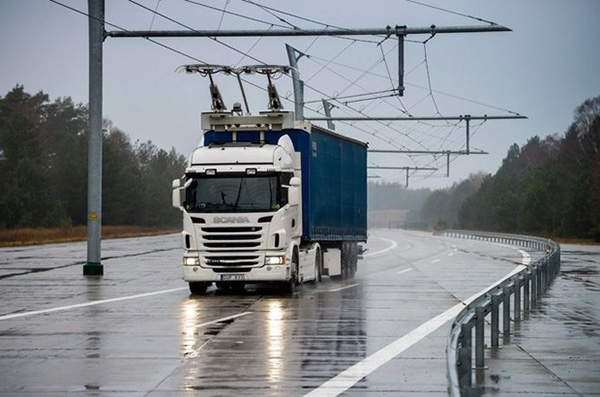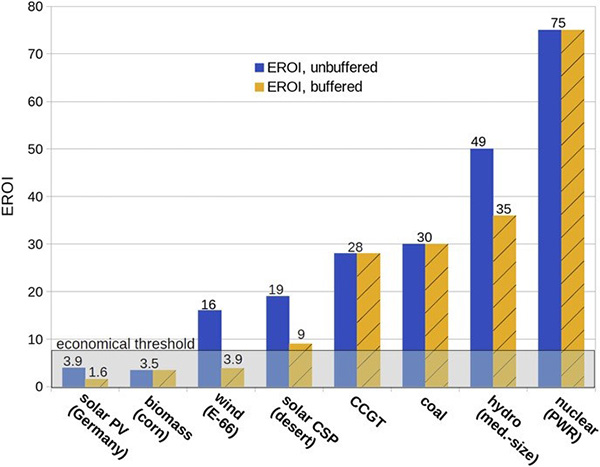How Savage would have salvaged a survivable climate

Bold and Instructive: Half a century on, Moshe Safdie’s modular, Habitat-67 attempt to inspire developers to merge monolithic high-rise housing and sprawling suburbs into a new urban typology, executed in concrete, is ripe for an indigenous interpretation in Aotearoa, but using shipping-container-sized components and sustainable materials—which the country has, thanks in considerable part to government financing of exotic forestry plantings during the Great Depression. image Landscape
There is an alternative to you-first-no-you-first.
Aotearoa, like pretty much every other country, is fearful of getting too far ahead of the pack in respect to reducing its greenhouse gas emissions.
Much of the fear, paranoia even, is of becoming uncompetitive with the balance of the countries, whose economies would continue to enjoy carbon-tax-free fossil fuel use. Better, according to the prime minister of Aotearoa, to protect the economy by being a fast follower. But fast is no better than not-so-fast, or dead-slow for that matter, given the 23-year stalemate since Kyoto—it matters not a jot how many countries profess to be fast followers, so long none dares to move without every country moving. If Prime Minister John Key had been genuine, he could, long since, have fast-followed the lead of the Pacific nations, such as Tonga, Tokelau, Tuvalu, and the Cook Islands, that are pleading for urgent global climate action and doing what they can to reduce their dependence on imported petroleum products. Inherent misconceptions about the impacts of government spending are blinding politicians to an economy-friendly way forward. Key’s National Party, from the outset, has trumpeted its intention to vanquish the deficit, something that resonates with voters, who at least can be excused for thinking that the nation’s finances obey the same rules that apply to a household, which Charles Dickens so evocatively has his Mr Micawber explain:
Annual income twenty pounds, annual expenditure twenty pounds ought and six, result misery.

In a New York Minute: Modular micro apartments being stacked on site, ultimately 55 to 10 levels high, having been trucked from their indoor place of fabrication, at the Brooklyn Navy Yard. Unlike monolithic buildings, modular construction allows for future relocation—somewhere with a somewhat greater elevation than Mount Carmel Place’s nine metres above East River and sea level. Three-metre stud height and Juliet balconies contribute to an illusion of spaciousness, while the 23–34 square metre floor space is ‘programmable’, for example for when entertaining. image Field Condition
It is with this mind-set, and against a backdrop of an acute housing shortage that National, without provoking an uprising, has introduced legislation to allow it to privatise social housing stock that owes its existence to New Zealand’s successful pioneering of quantitative easing, to drag itself out of the Great Depression.
What is easy to overlook, given the obsession with balanced budgets, is that countries have successfully operated purely on fiat money since the United States cut its ties to the gold standard 44 years ago—successfully, give or take another five recessions, about the same number that occurred in the previous 44-year period. So, not only is it possible for governments to commission great works for the public good, such as the Hoover Dam, without having to heavily tax or borrow externally to do so, they arguably have a solemn duty to do so, particularly when so many of its young people are out of work and with a climate crisis rapidly unfolding.
Astringent taxes on the fossil fuel industry may seem to be a morally justified course of action, but if people have little option but to continue to use products and services predicated on coal, gas and oil, the rapid and radical change needed will not magically materialise. Certainly, the wealthier would scramble to avail themselves of photovoltaic-based systems, but given that solar is the most expensive means of electricity generation—nearly three times more expensive than wind—this will miserably exacerbate wealth inequality without meaningfully reducing greenhouse gas emissions, given that to keep the lights on and the trams and trolleybuses running after sundown would involve heinously expensive battery-stored power—although, especially post-Rio Tinto, Aotearoa would have more capacity to absorb power from intermittent sources than most countries, thanks to half of its electricity being hydro generated. This is why the Parliamentary Commissioner for the Environment is supportive of wind power, but not solar.
As identified by Dr Susan Krumdieck’s engineering students in Christchurch, electric cars don’t amount to meaningful climate action; electric trams do. Mind, given the opportunity to plan from the ground up, and look forward 100 years, it surely would have behoved these young futurists to select a site sufficiently west of the airport—where, incidentally, businesses have relocated in droves in preference to the blighted central business district—so as to be out of reach of post-ice-sheet sea levels. Riccarton, site of proposed brownfields development, is barely 20 metres above sea level, land at will be inundated, in the fullness of time, even without temperatures exceeding 2° above preindustrial levels—a target increasingly regarded as moot.

Apartment Dwellers’ Rights: While it might be assumed that trading a house for an apartment diminishes an individual’s identity, Friedensreich Hundertwasser fervently believed that apartment dwellers were due window rights, through which they could express themselves to the outside world. Much of his work involved repairing the brutal exteriors of existing monolithic buildings—it is possibly safe to venture that Hundertwasser would not have been Ayn Rand’s favourite architect. image Harald Hartmann
Rather than continue with the obsessive, neoliberal dogma that demands the shrinking of the public sector, Aotearoa could address both climate and housing by mobilising it to manufacture latter-day state housing, playing to the country’s strengths as a renewable materials world leader, namely radiata pine. Lightweight, watertight, optimally insulated, shipping container-sized, factory assembled modules, LEGOed to a maximum of three or four levels on site, could have all those living in substandard accommodation in Christchurch, Northland and elsewhere in Aotearoa housed within years, and in walkable communities. The projected housing shortage of 113 800 units by 2031, plus the up to 110 000 leaky homes, plus the needs of the 98 397 living ‘outside the norm’, means that New Zealanders are not going to be able to build their way out of the housing crisis using the same methods that got them into it, and certainly not without burying the country under a mountain of foreign debt. The enterprise would be paid for using the same means Prime Minister Michael Savage used: quantitative easing. Done in moderation, printing money is not inflationary, and while it devalues the currency somewhat, that benefits farmers and other exporters. It would also dampen ardour for buying imported ‘stuff’, and encourage more New Zealanders to consider holidaying without flying, and the habitat modules would represent another entirely more salubrious and enterprising export product than the increasing percentage dispatched as unprocessed pine logs.

Truckways: Just as busways are dead-sitters for electrification, trolleytrucks, both hybrid and all-electric, will increasingly appear on targeted routes such as the Alameda Corridor between the neighbouring ports of Los Angeles and Long Beach, and downtown Los Angeles. And yes it can rain in California, and trolleytrucks do need to keep on truckin’ after sundown, when all those photovoltaic panels sit, unproductive and depreciating. image Siemens/SCANIA
And that is just housing, and in one small country. One the few climate and energy policy analysts attempting to identify the shape, and ball-park the size of, the great, global climate action ‘building project’, Dr Michael Hoexter, states:
Currently 85% of global energy used, which in total is still growing, is sourced from fossil fuels, which cannot continue for long at all. Additionally, if we include the manufactured mechanical and industrial systems that actually use or convert energy to do physical work into the category ‘human-made environment’, many of those too must change substantially regarding their energy inputs and outputs. For the United States, one of the world’s top emitters, these physical changes can be numbered in the hundreds of thousands of wind turbines, tens of millions of solar panels, one million electric buses, five million electric trucks, hundreds of thousands of miles of high-voltage cable, and tens of millions of highly efficient building retrofits and newly constructed buildings.
While Dr Hoexter is agnostic about nuclear, when the full enormity of just what needs electrifying, such as port and airport operations, mining and other earthmoving, is faced, printing money to manufacture, install and maintain ‘tens of millions of solar panels’ to retire coal-fired plants, only to produce electricity 18 times more expensively, would probably be recklessly inflationary.
Meantime, Greece, with half the landmass and twice the population of Aotearoa, will be fascinating to watch now its people, particularly those younger, have voted emphatically against continuing the unfortunate neoliberal experiment foisted upon them.

Energy Returned on Energy Invested: The ratio of energy produced during the lifetime of a power plant, to the energy that was required to build it. Given the urgency of suspending all avoidable fossil fuel use, the need for electrification of every aspect of human endeavour, including agriculture, means that nuclear power, and much more of it is strongly desirable, particularly socially—if, instead, a significant share of electricity was produced by photovoltaic, the high cost of it would ensure that businesses struggled to survive, and only the wealthy were be able to afford to heat their homes in the winter, and cool them in the increasingly insufferable summers. chart Weißbach et al
Let the quantitative easing begin.
